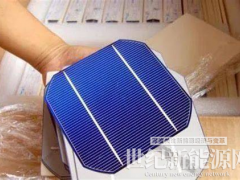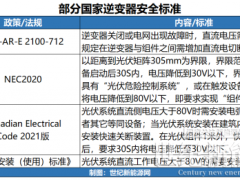英國廣播公司在以日本宇宙航空研究開發機構(JAXA)的聲明為基礎的新聞報告中指出,日本科學界正歡欣鼓舞,因為他們收到的“Ikaros確認”,表明已成功地部署太陽帆。
太陽帆200平方米的薄膜,旨在展示一種簡單而有效的手段太陽光的可行性。這項技術作為化學燃料的替代而廣受科學家推崇。
該技術原理十分簡單,光子或者光粒子下降將對超薄(僅7.5微米Ikaros基因)表面形成高度壓力反光。起初力量是微小的,但隨著時間的推移,力量將不斷加速度。
日本科學家和工程師們高興的是,自去年2010年6月3日揚起開始太陽帆已實現成功部署。該項目目的在于測試他們已經為此建立的轉向系統。這些數據將今后完成類似任務和即將到來的飛船將利用太陽帆設計提供寶貴資料。
The Japanese scientific community is up in jubilation as they have received confirmation that “Ikaros” has successfully deployed it solar sail, reports BBC News based on a statement from the Japan Aerospace Exploration Agency (Jaxa).
The 200 sqm film is designed to demonstrate the feasibility of using sunlight as a simple and efficient means of propulsion. This technology has been pushed by some scientists as an alternative means of travelling around the solar system instead of conventional chemical fuels.
The principle is quite simple, photons or particles of light falls on a highly reflective, ultra-thin (just 7.5 microns in Ikaros) surface will exert a pressure. The force at first is tiny but continuous and over time would produce acceleration.
Japanese scientists and engineers were delighted that the solar sail has deployed successfully since it began unfurling last June 3, 2010. The purpose of this project is to test the steering systems they’ve built for this purpose. Such data would be invaluable for future similar missions and designs of upcoming space craft that would utilize the solar sail.
 微信客服
微信客服 微信公眾號
微信公眾號









0 條